National parks are often celebrated as “America’s best idea,” but for Indigenous peoples, they represent a complex history of displacement, cultural erasure, and, more recently, a movement toward restoring Native stewardship. This article explores the historical context of national parks on tribal lands, the Indigenous love for these sacred places, and the evolving policies that seek to restore Native management and cultural sovereignty.
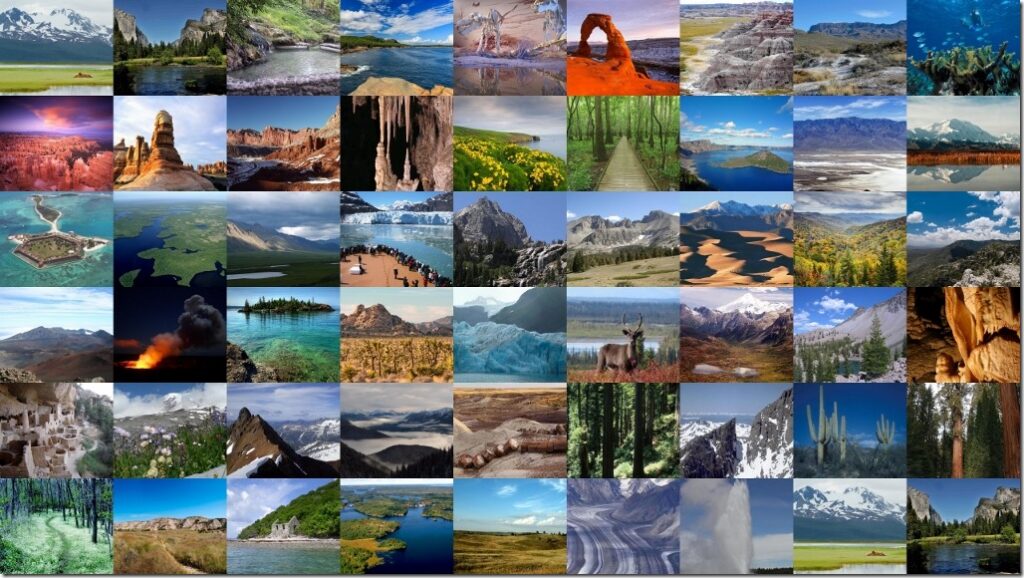
The Deep Indigenous Connection to the Land
For thousands of years, Indigenous nations have lived on and cared for lands that are now designated as national parks. Their knowledge systems, spiritual traditions, and sustainable practices shaped these landscapes long before the National Park Service (NPS) was established in 1916. Many tribes see these lands not just as resources but as relatives—living entities to be respected and protected.

https://www.firstnations.org/our-programs/stewarding-native-lands
Displacement and the Creation of National Parks
The establishment of national parks often came at a significant cost to Indigenous communities. Parks like Yellowstone, Yosemite, and the Grand Canyon were created through the forced removal of Native peoples who had lived there for millennia. Treaties were ignored, sacred sites were taken, and traditional practices such as hunting, fishing, and ceremonies were outlawed. This exclusion set the stage for a century-long struggle for recognition and rights.

https://time.com/5562258/indigenous-environmental-justice
The Fight for Recognition and Stewardship
Over the past several decades, Native nations have fought for a voice in managing ancestral lands. Efforts such as co-management agreements, cultural resource protection programs, and legal battles have led to increased tribal influence in national park policies. The 2016 designation of Bears Ears National Monument, led by a coalition of tribes, marked a major victory for Indigenous-led conservation. However, political challenges and legal battles continue to shape the extent of Indigenous authority over these lands.
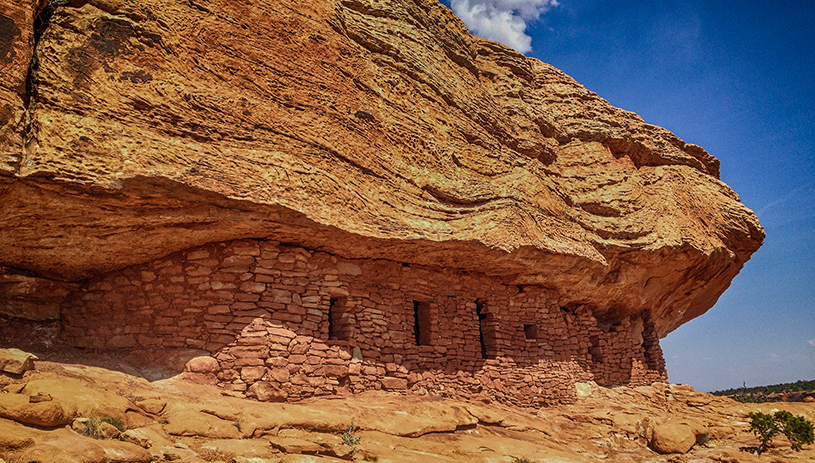
Policy Shifts and the Future of Indigenous-Led Conservation
Recent policy changes signal a shift toward greater tribal involvement. Initiatives like the Tribal Park Co-Management Program, the integration of traditional ecological knowledge (TEK) into conservation efforts, and the return of certain lands to tribal control highlight progress. Yet, barriers remain, including bureaucratic resistance, funding gaps, and the ongoing effects of historical trauma.
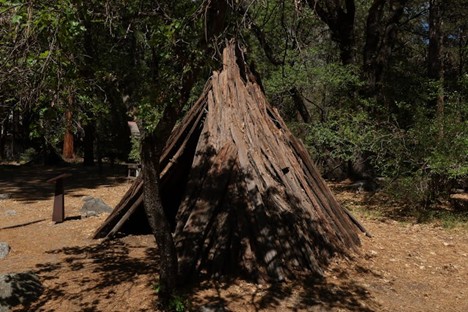
The site of a former Miwok village in Yosemite Valley is now an outdoor museum display of traditional shelters. Thomas S. Bremer, CC BY-ND
A new era
Over the past few decades, the National Park Service has made progress in acknowledging Native American connections to parklands, beginning to address the history of Manifest Destiny and Indigenous peoples’ exclusion.
The agency is a key contributor to the Interior Department’s recent initiative to facilitate tribal co-management of federal lands. Though much still needs to be done, national park managers are increasingly consulting and cooperating with tribal authorities on a range of issues.
Deb Haaland, the first Native American in U.S. history to hold a cabinet position, initiated a process to review and replace derogatory names on federal lands – one of her earliest actions as secretary of the interior. For example, she specifically identified the term “squaw” – a slur often directed at Indigenous women – as offensive, declaring that “racist terms have no place in our vernacular or on our federal lands.” Within a year of her directive, 24 places in the National Park System had new names.
Other issues on which the park service is collaborating with tribal communities include adopting Native American strategies of using deliberate fires to maintain healthy, thriving ecosystems. These Indigenous traditions have become a regular part of fire prevention and management efforts throughout the park system.

Tipis included in the ‘Yellowstone Revealed’ project by the north entrance to Yellowstone National Park. National Park Service/Jacob W. Frank via Flickr
Tribes have also cooperated with a variety of national parks to restore bison herds. Historically, these animals were central for many tribes not only as a source of food and materials for tools, clothing and blankets but also in traditional spirituality. The Interior Department’s 2020 Bison Conservation Initiative and partnerships with the InterTribal Buffalo Council have helped begin to restore herds on Native American lands with bison from national parks, including Yellowstone, Badlands and Grand Canyon.
Perhaps the most noticeable initiative, from visitors’ perspective, are the stories of Native American culture and history in displays, ranger talks, roadside exhibits and the National Park Service website, amplifying Native voices in the parks. These programs have begun the process of reconciliation and healing – working to make a more inclusive and democratic civil religion.
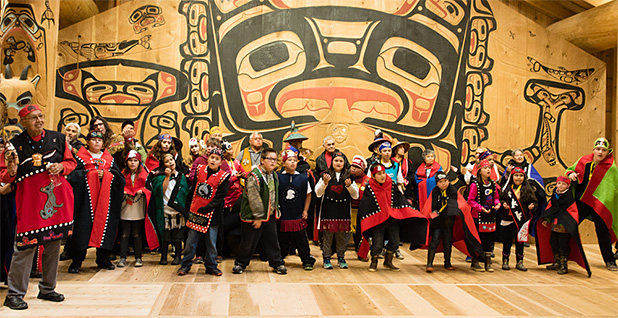
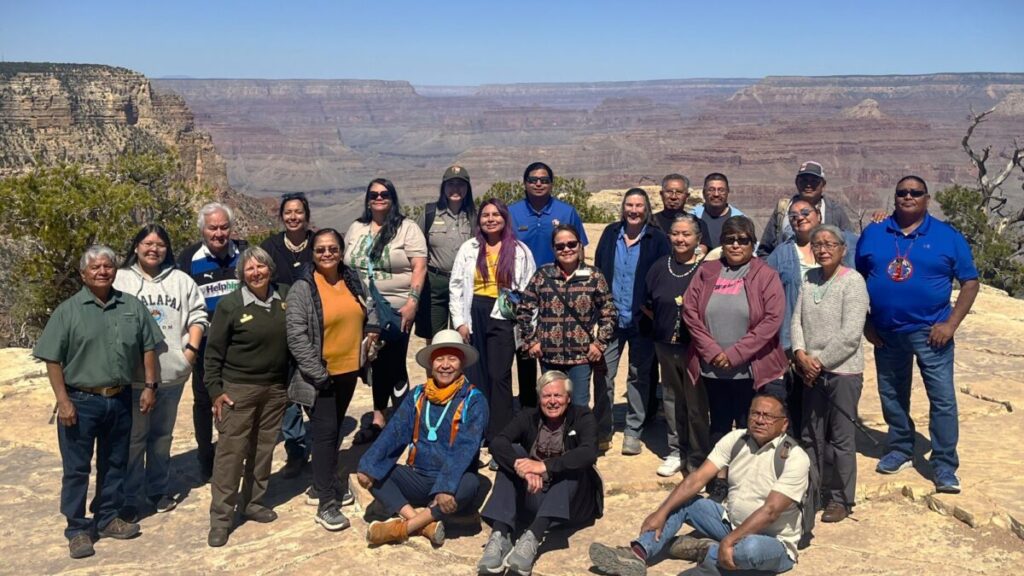
Conclusion
National parks on tribal lands tell a story of loss, resilience, and revival. While the history is fraught with displacement and exclusion, Indigenous nations continue to assert their rights and responsibilities as stewards of these sacred landscapes. Moving forward, policies must center Indigenous leadership and honor the deep, enduring connection Native peoples have with these lands to ensure a more just and sustainable future. However, recent budget cuts to conservation programs pose new threats to parks and wildlife, jeopardizing ongoing efforts to protect these landscapes. Without adequate funding and support, both the environment and Indigenous stewardship initiatives face significant risks. It is crucial that future policies prioritize sustainability and Indigenous-led management to safeguard these sacred lands for generations to come.
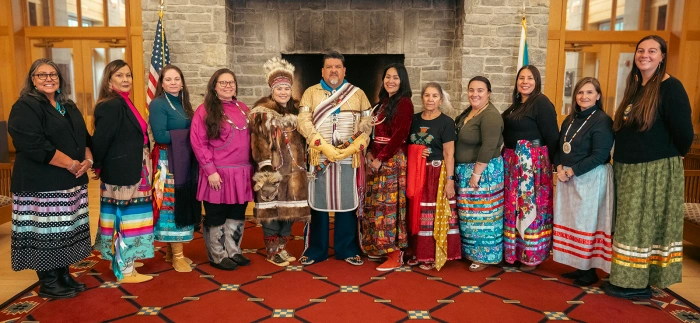
First Native American NPS Director, Charles Samms December 16, 2021 – January 20, 2025
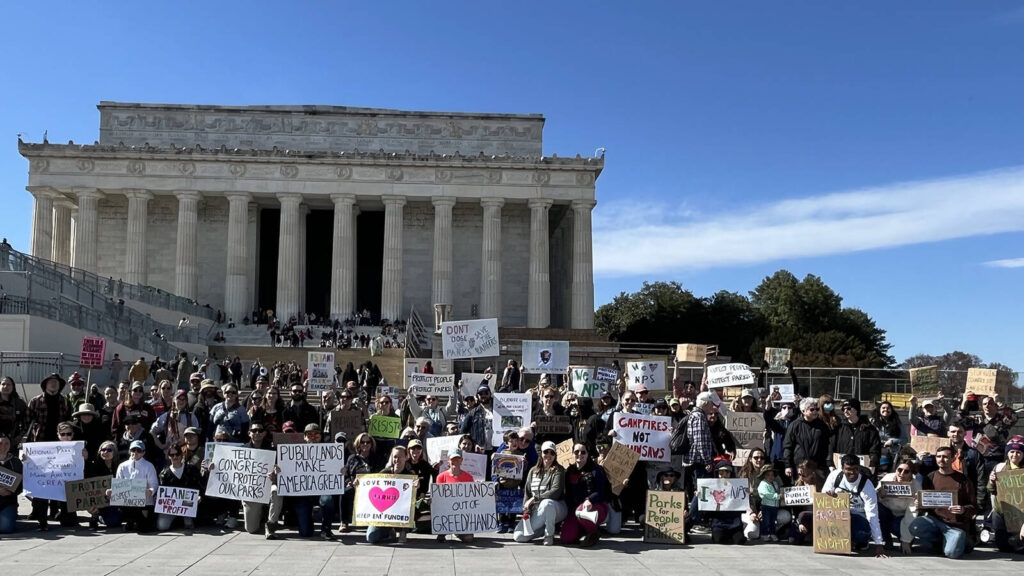
https://www.npca.org/articles/7044-parks-are-being-dismantled-before-our-very-eyes
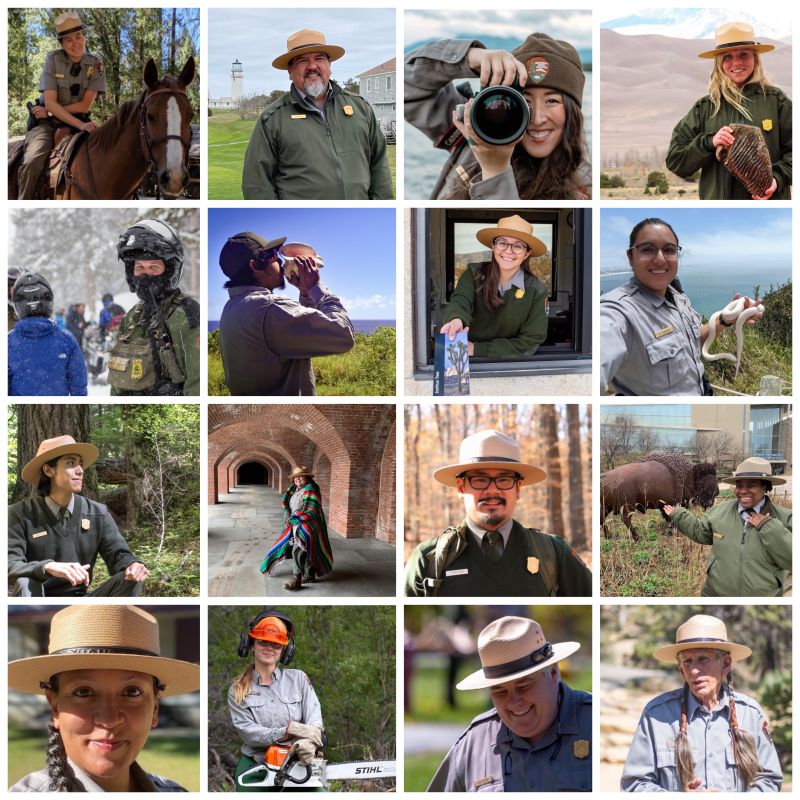
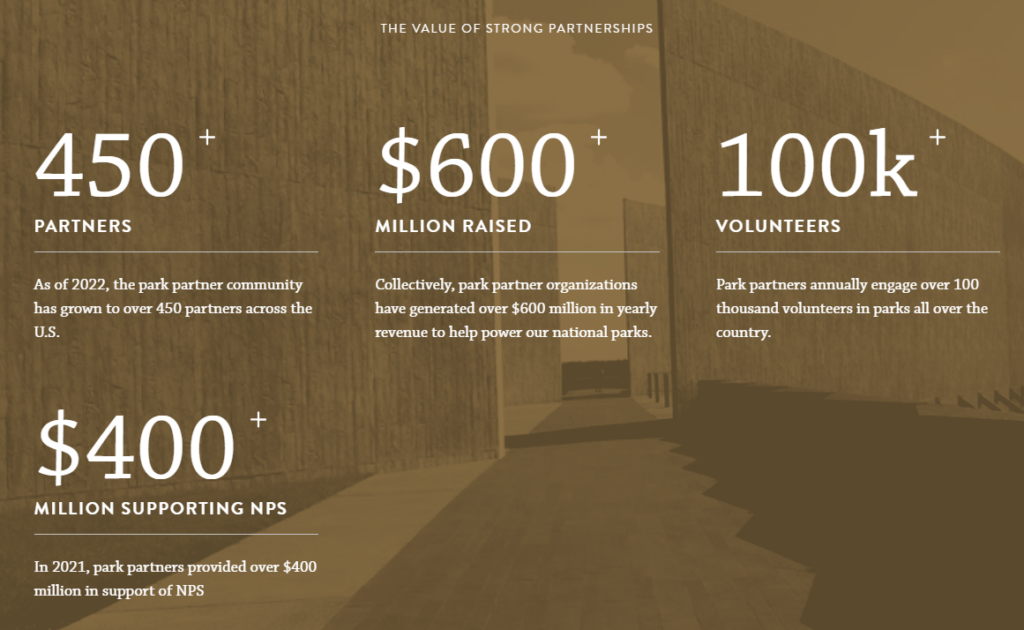
https://www.nationalparks.org/about-foundation/partnerships/community-partnerships
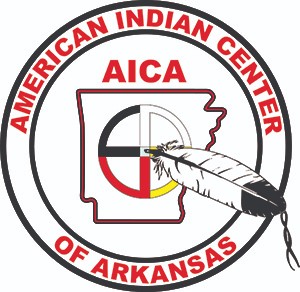
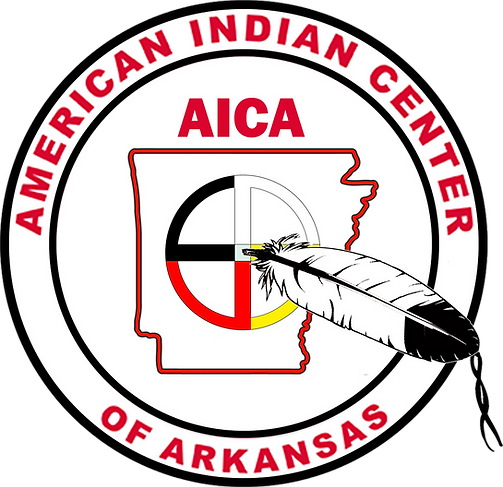
4 Responses
Great article! Our National Parks are so important, to preserve the natural beauty and wildlife of our great nation. To allow our children to learn about our Indigenous history and the land and wildlife. I love the videos that have been included in the last few blogs.
Thank you so much! Yes, our National Parks aren’t only beautiful but a wealth of education for us.
This one of my favorite articles!!
Thank you so much!!!